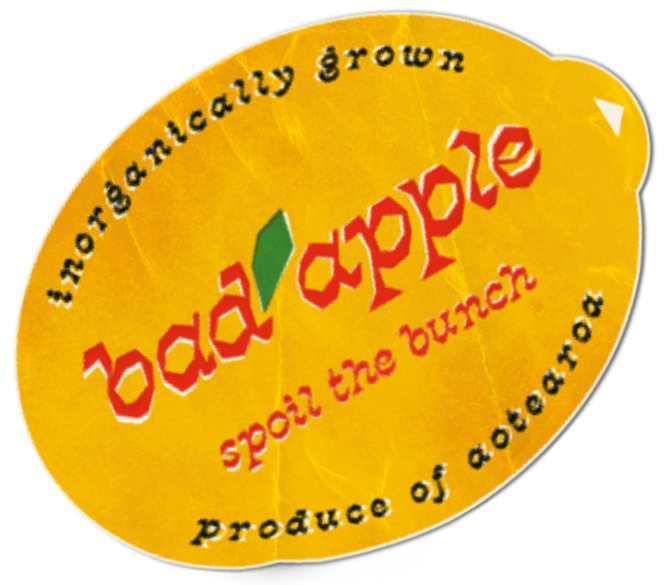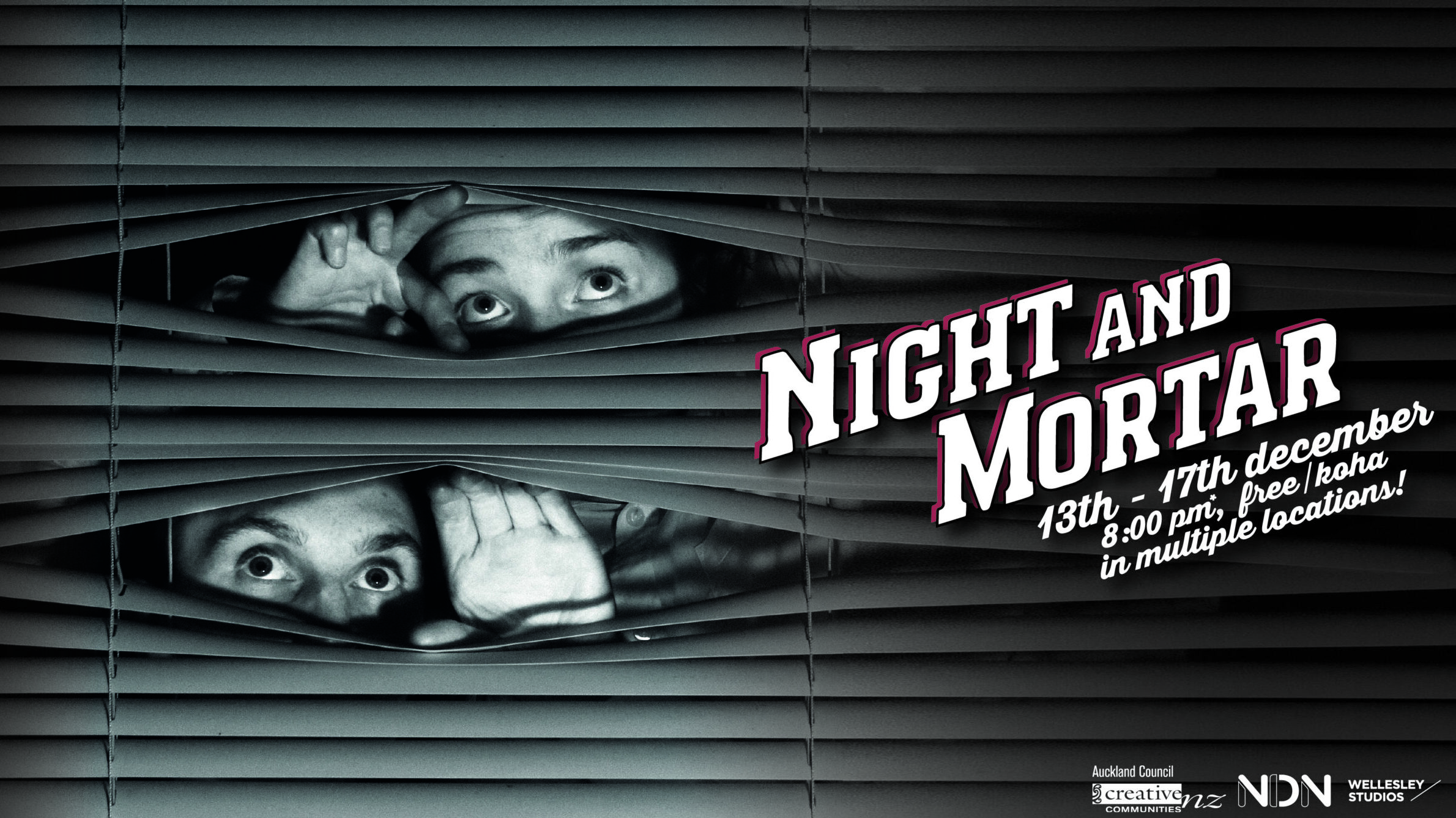It’s a Wednesday night, and I wear the stormy weather as I enter Freida Margolis, soaked all the way through. I collect a Coke from the barman, hoping the caffeine will kick in instantly. After bumping into the barman a few more times as I’m told all the places I cannot sit, I am offered a seat with a small fold-out table just big enough to fit my solitary glass. A patron beside me asks if I am by myself, and we launch into a discussion of all things art, theatre and poetry. This place is alive, buzzing. It may be a horrendously stormy Wednesday night, but this does not deter the locals from enjoying the wall of vinyls, tiled walls and genuinely cool ambience of Freida’s. I can see why this place would become one’s local, and when my neighbour informs me of the weekly jazz night, I am even more intrigued at this hidden gem in the heart of Grey Lynn.
Without warning, two dancers emerge in the centre of the bar. This is the start of Night and Mortar, dreamed up by Sharvon Mortimer and Oli Mathiesen, a contemporary dance interpretation of film noir. These two languid figures, entangled by two interlocking blazers, pivot from side to side, exuding an almost sexual tension. Their movements are slow and precise, executed without any accompanying music, as if emerging from the shadows. Some patrons were so engrossed in their conversations that they hadn’t noticed the performance had even begun, and the first part of the show was enmeshed in the chatter and raucous laughter of patrons deep in their tipple. Perhaps this is the charm of the work, that it is a spontaneous emergence in an unexpected setting to an unsuspecting audience. The essence of the space spills over into the act, and the act grows to embrace it.
The dancers then move into their second act, with choreography tightly matching the cadence and rhythm of a dialogue audio clip. This is where the act really picks up, as there is no ambiguity as to the fact we are watching a performance. The chatter dies down, and people lean in from the windows to observe. This act reaches a crescendo in a punchy (pun entirely intended) fight scene, complete with one dancer stabbing the other with a smashed bottle, and using their blood as lipstick. This is perhaps the most precise choreography in the show, fast-paced and well-timed, making the most of physical humour. This is the part that really captures the audience, like observing a punch-up without the carnage, and I am sold on the cinematic imagery that each movement conjures up.
The final act incorporates props to comedic effect, representing the cigarettes and cigars that have only been represented through twiddling fingers at the lips thus far. The dancers embrace the campiness of producing cigarette butts from one’s mouth over and over and over again. There is an excellently executed play on shadows as one dancer becomes the shadow of another, even going so far as distorting and folding up against the wall. A quick forceful exitlude sees the dancers disappear into a back room, not lingering behind for their applause. And just like that, it’s over. A half-hour performance. The chatter and laughter rise once more, as the space reclaims its usual form. I smile to myself, because for a moment, I forgot where I was, and that’s the beauty of it. For a moment, I was at the movies, gazing down the barrel of a smoking gun, feeling every flirtation and frustration, flitting between moral ambiguity and innuendo. And then I am back—back in a bar on a stormy Wednesday night, and the shadows look just that little bit more mysterious.
Featured image courtesy of Sharvon Mortimer and Oli Mathiesen.



